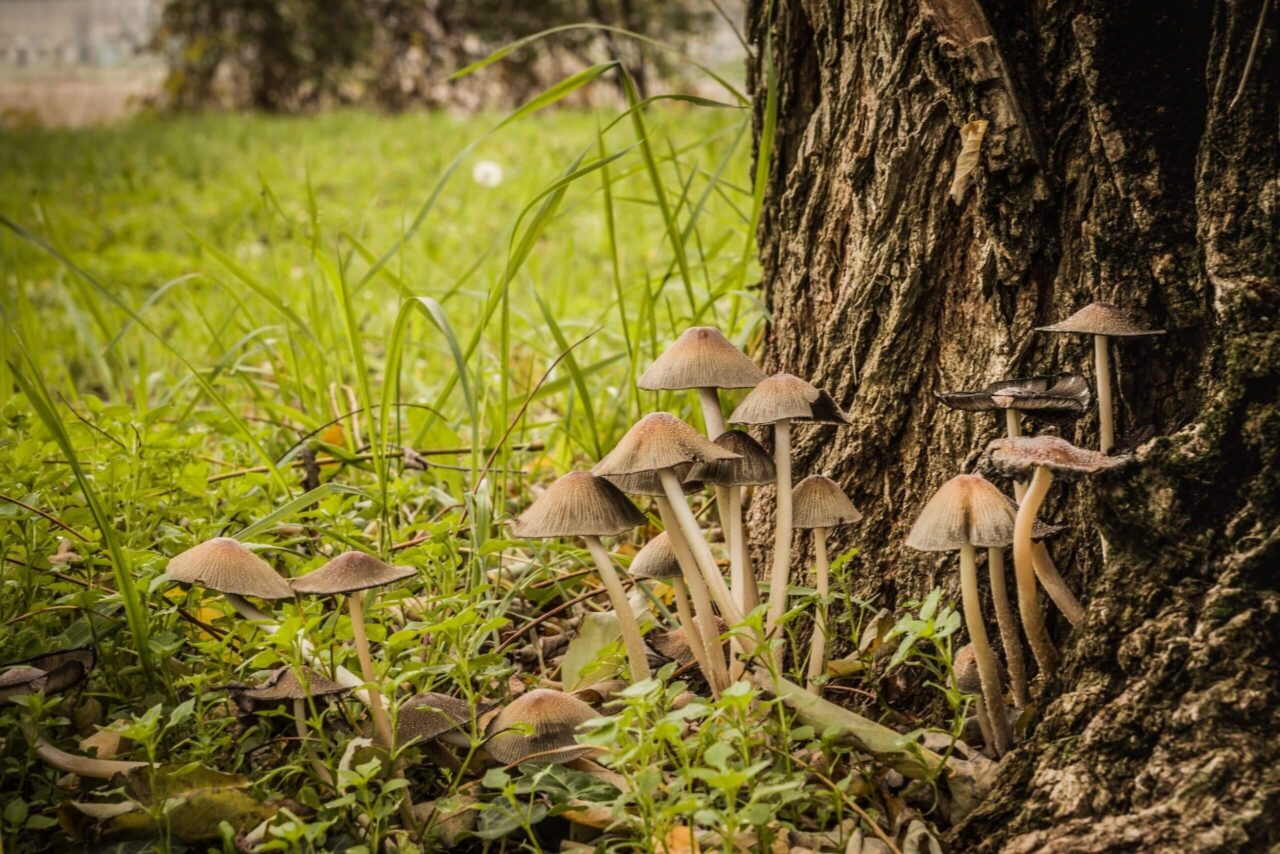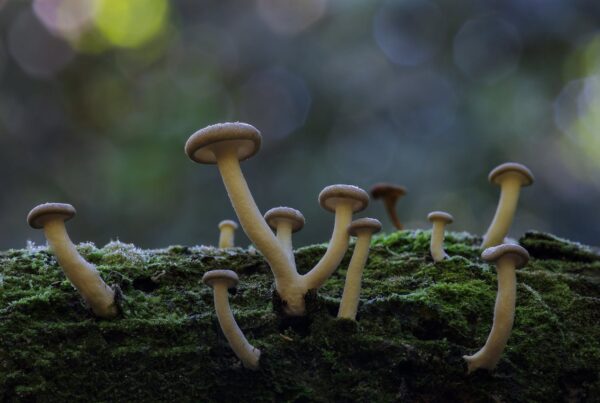Table of Contents
Psilocybe Mexicana: A Rich History
Native to certain areas of North and Central America, Psilocybe Mexicana has been used by indigenous cultures for over 2,000 years. Psilocybe Mexicana was the mushroom that originally launched the study and interest in psilocybin throughout the world.
First collected by Valentina Pavlovna Wasson and her husband Roger Gordon Wasson, during their exploration of Mexico (from 1953 to 1955), psilocybe mexicana gained notoriety and exposure to the rest of the world through their contact with a Mazatec curandera (a Mexican woman who practiced healing techniques inherited from the Mayans) by the name of Maria Sabina. She is the one credited with introducing psilocybin to the rest of the world.
The Wassons sent samples to the French mycologist Roger Heim, who then sent lab-grown samples to the Swiss chemist Albert Hoffman who extracted psilocybin and psilocin in 1958, the rest, as they say, is history.
The Psilocybe Mexicana Character
Psilocybe mexicana is part of a species known to produce sclerotia. This is a hardened mass of mycelium that allows the organism to survive unfavourable conditions, like poor soil conditions, drought, freezing, etc. Much like Psilocybe cubensis, Psilocybe mexicana’s preferred habitat is a manure-rich grassland.
Although there are no accurate assessments of potency, psilocybe Mexicana mushrooms are reported to contain a maximum of 0.25% psilocybin and 0.25% psilocin. Technically weaker than P. cubensis, which are said to contain 1.3% psilocybin and 0.35% psilocin. That said, it is reported that P. mexicana is every bit, if not more, potent than P. cubensis. Variations are quite likely since magic mushroom’s potency differs both between species and between batches. Testimony is tough to interpret.
P. mexicana can take a bit longer than P. cubensis to cultivate. Sclerotia in a jar or a bag can be left for a longer time. It will grow if it doesn’t dry out. Also, Roger Heim’s research showed that P. mexicana taken from different wild locations found a considerable variation in their ability to produce mushrooms. So, those interested in growing P. mexicana mushrooms will experience greater success by utilizing spores from different sources.
P. mexicana grow to a maximum of about 5 inches. They are a thin mushroom with straw-coloured stems. Their cone-shaped caps are sometimes raised in the middle and flare out to look somewhat bell-shaped. A characteristic in common with other psilocybin producing species, they have a purplish-black spore and turn a bluish colour in bruised areas.
So, What Does Zoomies Recommend?
Few studies of potency exist. Ultimately, by averaging numerous reports we can draw some conclusions, but in the case of Psilocybin mexicana, with relatively few people having tried them, and so few reports, that until better data comes along, we think you should start with a lower dose than say, cubensis and see how it goes. Then you can always take more.’ But make sure that, if you are figuring out your dose, do it on a day-off. Buy psychedelics online Canada at Zoomies now!
We also recommend that it is always best to hunt for mushrooms with an experienced guide. You might search online for a mycology group and see if there are any Canada mushroom hunts planned. Always practice discretion regarding your intention to find magic mushrooms until you get a feel for their position on the subject.
Related Articles:





